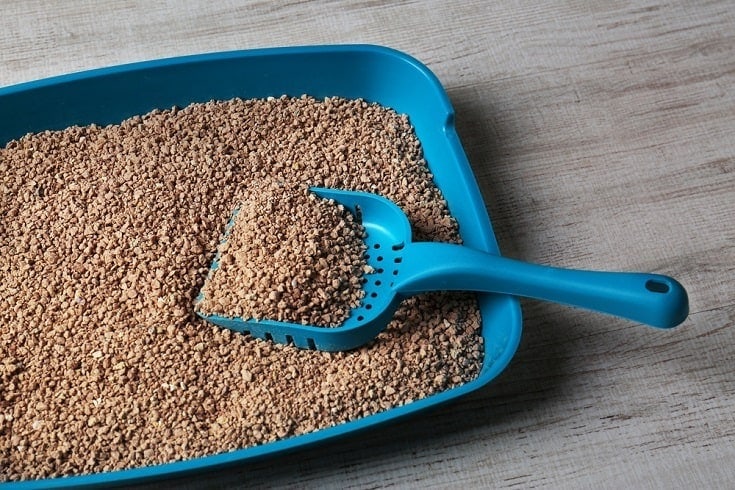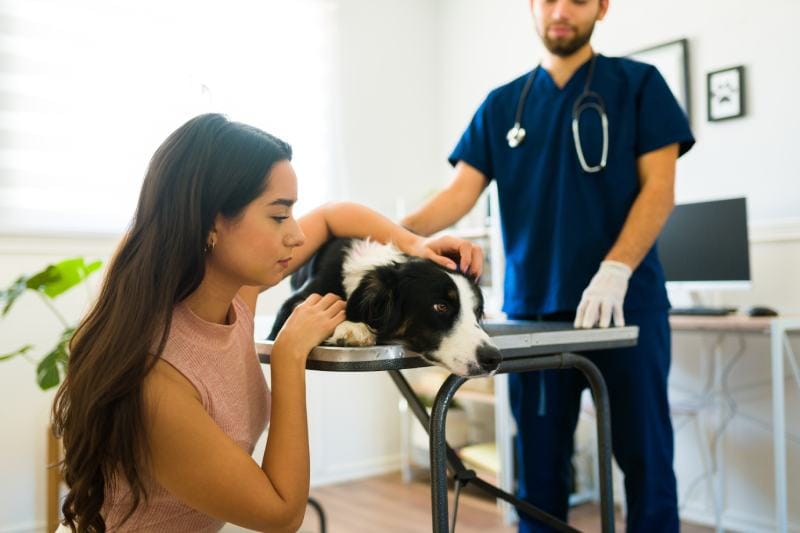My Dog Ate Gum! Here’s What to Do (Our Vet Answers)

Updated on
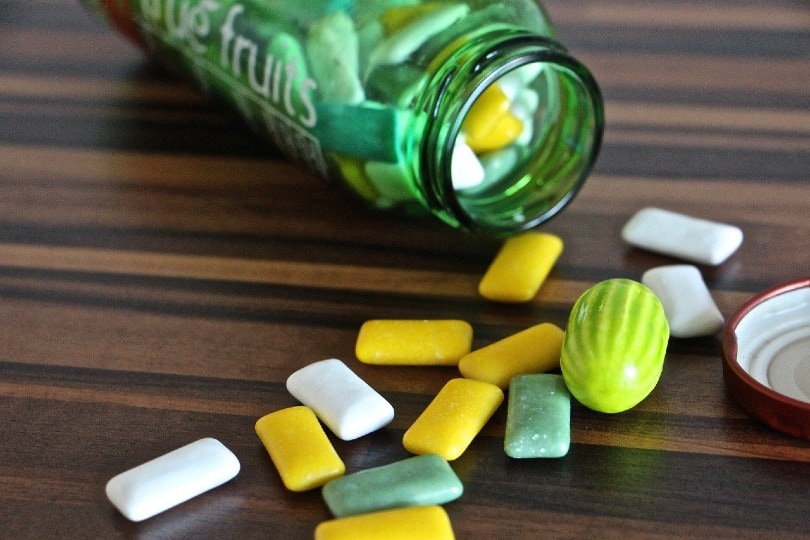
Has your dog recently eaten chewing gum? Are you wondering what to do if you are in this situation? Read on to find out exactly what action you need to take.
It is not common knowledge but chewing gum can be toxic to dogs. Some brands of chewing gum contain a substance called xylitol, a naturally occurring artificial sweetener that is poisonous to dogs. If you think your dog has just eaten chewing gum, quickly remove any further pieces they have access to and call your vet immediately.
If possible, have the brand or packet of chewing gum handy so you can determine if it contains xylitol.
What to Do If Your Dog Has Eaten Gum
1. Stop Your Dog from Eating Any More
Ensure your dog does not have access to any more chewing gum. Remove any packets, check wrappers discarded on the floor, or if you are on a walk, lead your dog away from the area chewing gum has been found in. Stay with your dog—do not leave them unattended at any point.
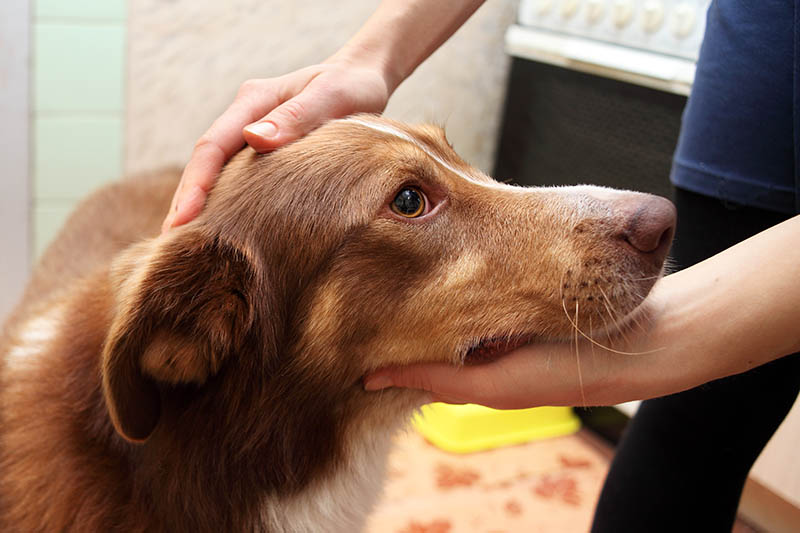
2. Call Your Vet Immediately
Call your vet to let them know what has happened. When you call them it is important you have as much information as possible.
- Does the chewing gum ingested contain xylitol?
- How long ago was the chewing gum ingested?
- How much chewing gum was ingested?
- How big is your dog/how much do they weigh?
- Is your dog showing any signs of illness?
- Does your dog have any current health issues?
3. Get Your Dog to the Vet As Soon As Possible
If it is possible to confirm that the chewing gum ingested contains xylitol, or if you know that your dog has eaten chewing gum but you haven’t got access to the wrapper, your vet will advise you to attend the clinic immediately. Signs of xylitol toxicity can start to appear within 15 minutes of ingestion, so it is very important to seek help from your vet as soon as possible.
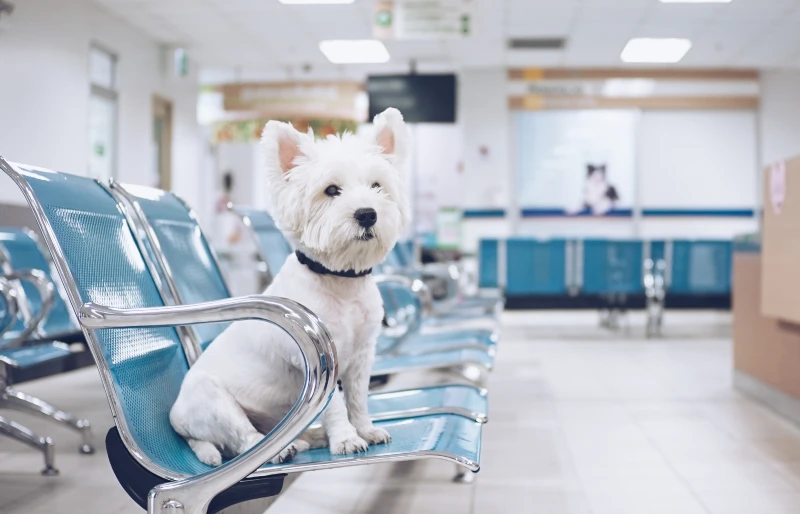
What Are the Dangers of Eating Chewing Gum?
Xylitol
There are two main issues when dogs have ingested chewing gum. The first is that a lot of sugar-free gums contain the artificial sweetener xylitol. This is poisonous for dogs and xylitol is absorbed very rapidly into their bloodstream. The canine pancreas confuses xylitol with actual sugar which results in a huge release of insulin from the pancreas. The circulating insulin causes the blood sugar to drop drastically, this is called hypoglycemia. This can occur within 15 minutes of the chewing gum being eaten and if left untreated, this hypoglycemia can be life-threatening. Xylitol can also cause liver failure, although the exact reason behind this is not yet known.

Gastrointestinal Blockage
The second issue is that whether or not the chewing gum contains xylitol, dogs are unable to digest chewing gum so it can potentially cause a blockage in their digestive tract. This is more likely to occur if the dog has chewed up the wrapper as well as the chewing gum. If larger pieces of chewing gum become lodged, your dog may require surgery to remove it. Sometimes the blood supply to certain parts of the gut is compromised as well so parts of the intestines may need to be removed altogether. Signs of a blockage can include lethargy, vomiting after food and water, abdominal discomfort, lack of appetite, and reduced feces production. If your vet is suspicious your dog has a blockage, they will carry out X-rays to analyze the gastrointestinal tract.
Sometimes the gum can be passed through your dog, but if you see some of the ingested chewing gum sticking out of your dog’s butt, do not try to remove it. This could potentially cause serious harm to the lining of your dog’s rectum. Take your dog to your vet immediately where they will be able to safely remove the gum.
- Lethargy
- Weakness/collapse
- Vomiting
- Diarrhea
- Muscle tremors
- Seizure activity
- Uncoordinated movements
- Pale mucous membranes
- Petechiae hemorrhage (small dark red spots on gums)
- Abdominal discomfort
- Shock
What Can You Expect at the Vets?
If your dog has eaten gum and you have been able to confirm it contains xylitol, your vet will give your dog some medication to make them sick. The aim of this is to bring up the recently ingested xylitol if possible, to reduce the amount absorbed by the dog.
If the ingestion of the gum happened over 2 hours ago or if your dog is already showing signs of toxicity, your vet will start giving supportive treatment. The main aim is to control your dog’s blood sugar. This is because xylitol causes a huge release of insulin in the body which in turn makes blood sugar drop very rapidly.
Your vet will monitor and attempt to control your dog’s blood sugar. Your dog will likely be placed on an intravenous drip containing glucose and their blood glucose will be monitored closely. If signs are severe, your dog may require other medication such as anti-seizure drugs or sedation. Your vet will monitor your dog’s liver function and the levels of your dog’s liver enzymes too. Your vet will continue to monitor your dog until they stabilize. This may take over 24 hours so it’s likely they will stay overnight at the vet.

How Do I Know If Gum Has Xylitol in It?
- Chewing gum and mints
- Human cough medicine
- Human vitamins and supplements
- Human toothpaste and mouthwash
- Nut butter
- Diet/low-calorie baked goods and cakes
- Low sugar desserts
As it is found in so many common day-to-day food products, it is vital that dog owners always check the labels of any products and educate themselves so they are aware of things that are likely to contain xylitol.
If your dog has ingested chewing gum and you have access to the packet, the list of ingredients should be written on the label. If you don’t have access to the packet always assume it did contain xylitol as it is better to be safe than sorry.
How Much Xylitol Is Poisonous for Dogs?
The toxic dose of xylitol depends on the weight of your dog and how much xylitol they have ingested. For example, a small dog that eats a whole piece of chewing gum may be fighting for their life and a larger dog may show no signs at all. Different brands of chewing gum also contain different amounts of xylitol.
A dose of xylitol higher than 34–45 mg/lb (75–100 mg/kg) is thought to cause hypoglycemia in dogs. Doses greater than 227mg/lb have been reported to cause severe liver insufficiency or even liver failure. We don’t yet know exactly why this happens. With that said, do not try to calculate the amount of xylitol your dog may have ingested at home, leave that to your vet. It can be difficult to quantify or estimate and you will be wasting precious time when you could be traveling to the vet.

Is Chewed Gum Dangerous to Dogs?
Lots of dogs like to scavenge when they are out and about on a walk. They may find a freshly discarded piece of chewing gum on the floor that has been chewed. There is likely to be less xylitol in a piece like this as it has already been chewed so most of it will be gone. However, there is still a chance your dog is receiving a high dose depending on their weight. It is not possible to assess how much xylitol will be left in the piece, so it’s important to seek veterinary attention regardless.
How Can You Avoid Xylitol Poisoning in Dogs?
Don’t keep chewing gum containing xylitol in the house, or if you do, make sure it isn’t easily accessible for your dog, for example in a pocket of a bag left on the floor. Dogs will sniff it out! Check the label of all products you keep in your house (including cookies and candies), especially any foods that are labeled “diet” or “low sugar.” If you identify xylitol as one of the ingredients, make sure the products are stored away safely and that your dog does not have access to them in any way.
Be aware that human products such as mouthwash and toothpaste can contain xylitol so don’t ever use human products for your dog—there are plenty of dog-specific toothpastes available. If you use nut butter as a treat for your dog, always check the ingredient list.
Final Thoughts
Chewing gum can be extremely dangerous for dogs. Lots of sugar-free chewing gum contains xylitol which is highly toxic to dogs. Xylitol causes your dog’s blood sugar to drop dramatically which can be life-threatening. If prompt treatment is received, the prognosis is good, but if there are increases in liver enzymes or signs of liver disease, a more guarded prognosis is indicated.
Chewing gum can also cause intestinal blockages as it is not digested by dogs, and it may become lodged in their gut.
If you think your dog may have eaten chewing gum, you need to act fast and get your dog to your veterinarian as soon as possible.
Related Reads:
- My Dog Ate a Bee! Here’s What to Do (Vet Answer)
- My Dog Ate a Toad! Here’s What to Do (Our Vet Answers)
Featured Image Credit: Tabeajaichhalt, Pixabay


